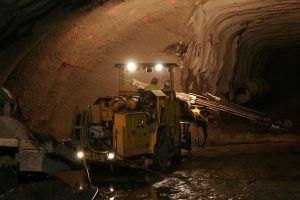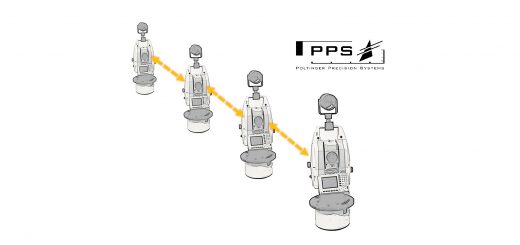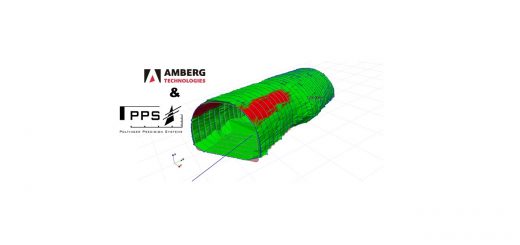Tunnelsurveyor on Guidance systems for NATM projects
Tunnelsurveyor looks at upcoming demand for Guidance systems for D&B Jumbos, rock bolters and excavators
When recently talking to some experienced tunneling professionals this question came up.:
Do we really need fully automated guidance systems, which are commonly used for TBMs and Roadheaders, for other tunneling machinery such as D&B Jumbos, rock bolters, concrete spraying etc. as well?
Is there a benefit or added value that allows to speed up the minig progress, improving it in terms of time, costs, smartness and safety, thus rectifiying the investment in such equipment ?
From our point of view, we are facing three different scenarios:
- Drill and blast projects (D&B) using jumbos and excavators
- NATM rojects that do use semi-automatic solutions fort he Roadheaders and jumbos/bolters/excavators
- Few projects intending to use the fully automated guidance solutions knwon from TBMs and Roadheaders for all oft he above mentioned types of machinery
Projects defined under number one are typically located in non-urban areas, being water or mining tunnels for example. Assuming they are done with drill & blast machinery, they are not requiring a +/- 1mm breakthrough accuracy and are bored with basic version equipment due to that.
Neither will top speed and best advance rates have the highest priority, although every project owner wants to get the project done as fast as possible in order to get to a point where his investment is paying off again. In the end it will have to be checked whether the use of surveying systems (semi-or fully automated) might pay off in this regard.
Therefore lowest costs for procured machinery might be the most important factor, speaking against additional costs for auxiliary equipment.
On the contrary reducing over-/undercut might play an essential role. Not only does this save time, it will also reduce the amount of sprayed concrete necessary to stabilise the excavated area. In this regard, any additional equipment supporting this process will add value to the project.
Safety is another important topic as well. If you don´t have personell working directly at the tunnel face due to guidance supported works, this will minimise the risk of accidants. So another good point for any solution supporting the manual works.
When talking about project category two, NATM projects, most likely a mix of mechanical and conventional methods machinery may be used. Roadheaders will take over the biggest part oft he excavation works, while jumbos or rock bolters will be used to secure the tunnel face or recently excavated areas.
These types of projects may also be found in the middle of big cities, typically the tunnels may be used as road, light railway or metro tunnels.
Of course the overall accuracy of the bored tunnel is of high interest here. In critical urban areas additional monitoring systems will be used to check above ground movements during the tunneling works.
Higher advance rates are important as construction time may influence the city traffic and may have impact on the daily city life itself, generating enourmos costs not directly related to boring the tunnel.
Similar to D&B projects safety is an important topic during NATM projects.
Allthogether, semi-automated systems such as the Amberg Navigator or products from Total station suppliers do offer quite some benefits for a reasonable price, thus providing a good cost-benefit ratio for this type of project.
The only thing that could make the semi-automatic solutions not the best choice is the need for personell handling the equipment. Although the solution providers work hard on making them smart and easy to handle for everybody, training, supervision and physical presence of the operator are necessary.
Especially the last point will bring fully automated guidance solutions into the discussion. Recent developments all point to a fully-automated mining process rendering the necessity of personell being inside the tunnel during the actual mining progress unnecessary.
All other points mentioned for the other two project types apply fully for this solution.
However, integration of critical systems and their smooth cooperation are only at the very beginning.
But why did this discussion come up at the very beginning? The project itself was located in a market with high HR costs due to availability of experienced personell and being a high-cost industrialised country.
So of course their interest is the highest level of automation possible and available (although some of the unions tend to lobby-work against this).
Furthermore their focus was not only on best technical solution for lowest price possible, but providing an extra portion of security for everybody involved in underground works.
Despite that, we tend to say that even these projects should think of using a mix of full automated guidance systems (for the Roadheaders) and semi-automatic systems for other machinery, like rock bolters for example.
The cost-benefit ratio for this solution makes it worth thinking about it.
All in all, it seems a general correct answer can not be given, as the solution is depending on many project specific factors.
As with all other decisions for such a project you need to check the project requirements, regional market demand and local habits and the way of doing things.



